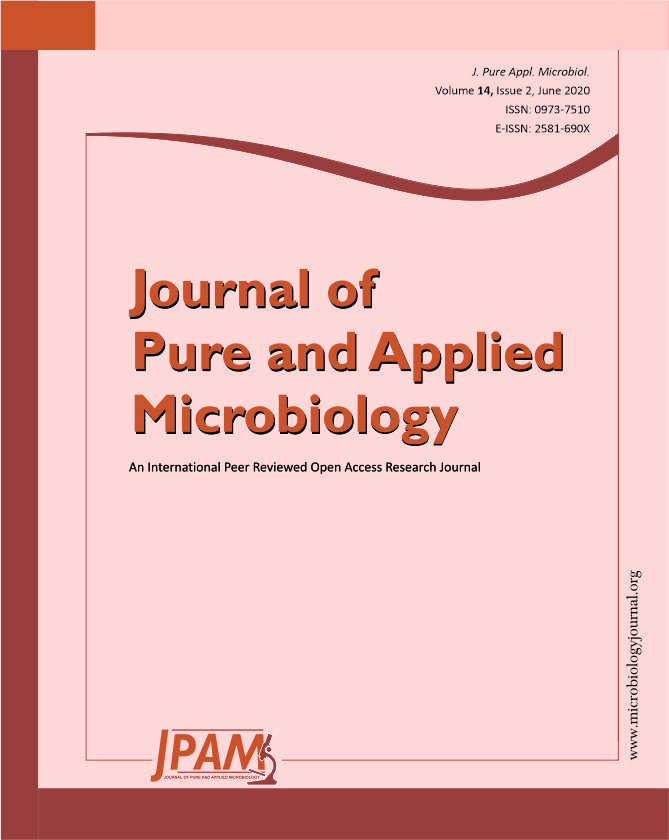Ganoderma, a genus of polypore white rot fungus with some species such as G. lucidum and G. sinense have been reported with remarkable biological activities and used as traditional medicine for long. On the other hand, G. boninense is recognized as an important oil palm pathogen which causes intensive losses in oil palm industry. Hence, this study reveals the potential of antimicrobial properties of G. boninense fruiting bodies extract using different solvents. Ethyl acetate extract demonstrated a broad spectrum pathogens inhibition activity, followed by hot water > acetone > methanol > ethanol > chloroform. Ethyl acetate extract also shown the strongest growth inhibition against Proteus mirabilis (14.20 ± 0.40 mm). Lowest MIC (0.625 mg/ml) was observed in methanol extract against Coagulase-Negative Staphylococci. LC-MS analysis identified the extracts of G. boninense putatively contains natural occurring derivatives of alkaloid, fatty acid, heterocyclic compounds and glycosides. G. boninense may potential as the future drug. However, further investigation is required to understand this fungus in depth.
Ganoderma boninense, antimicrobial, natural compounds, pathogenic bacteria
© The Author(s) 2020. Open Access. This article is distributed under the terms of the Creative Commons Attribution 4.0 International License which permits unrestricted use, sharing, distribution, and reproduction in any medium, provided you give appropriate credit to the original author(s) and the source, provide a link to the Creative Commons license, and indicate if changes were made.


